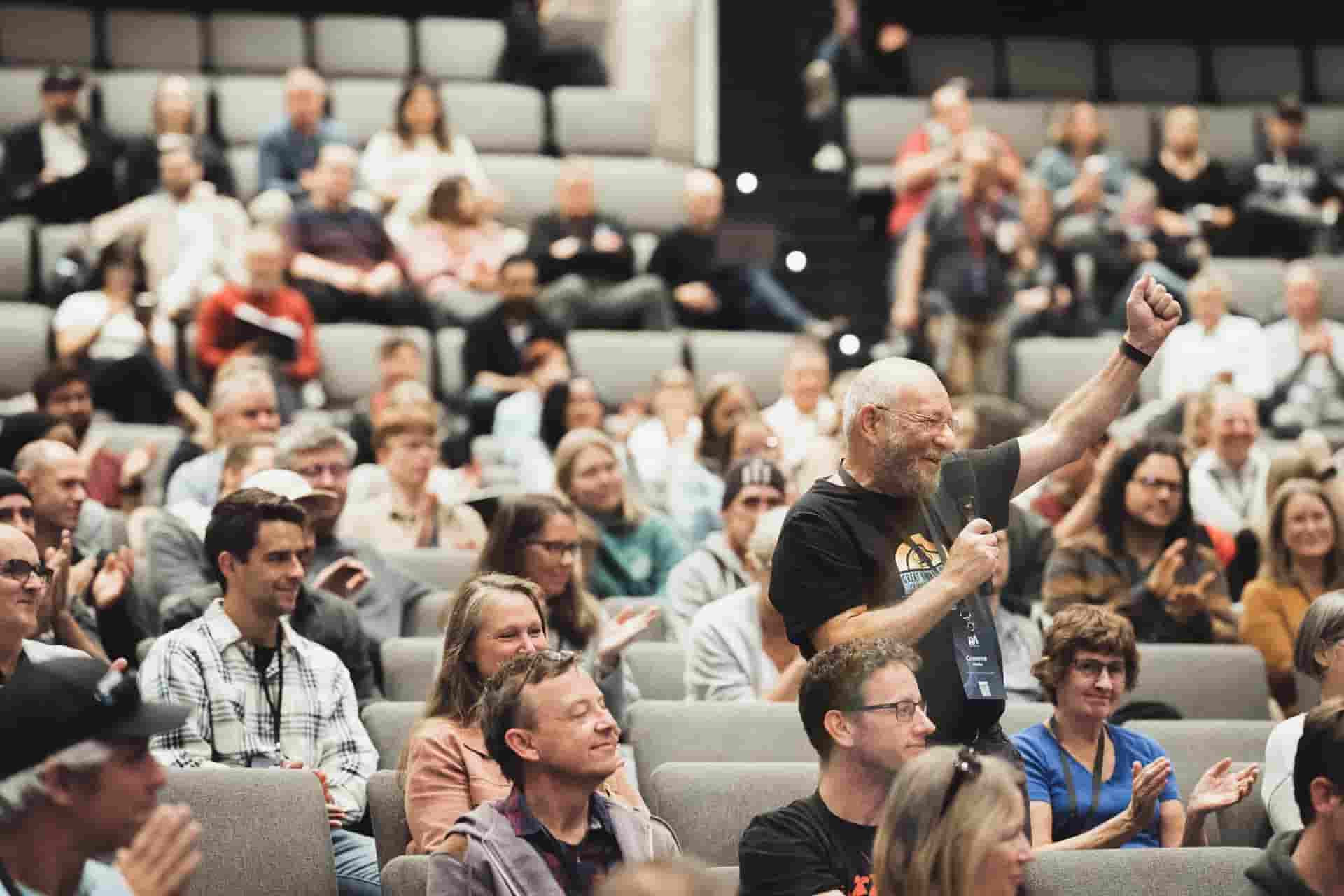As part of our month on planning for successful planting, Geneva Push’ Director of Training Derek Hanna considers some key questions about the team you’re planning to put together. In particular, the relative ‘tickiness’ of your core group members…
How big should my launch team be?
One of the hardest decisions to make when building a launch team is how big is big? In our context we often put the low-bar at 35-40 , bet because studies have shown that the larger the launch team the better the growth dynamics in the first few years, we qualify this by saying the bigger the better. The problem with this is that it can be paralysing, because there’ always that desire to get just a little bit bigger…so maybe we should hold off just a little longer, grow the team a little bigger…but then the challenge faced is dissipation of energy and vision within the launch team itself as things seem to drag on.
So how do you know – what’ the perfect number for launch velocity at plant? There’ lots of dimensions to this question – structural complexity of your ministries, the relationship to your sending church, the gifting of the planter, the context you’e planting into – but apart from raw numbers, one category that’ worth considering is stickiness.
So while there’ probably an argument for a minimum number to avoid burning out your launch team and being able to run those initial key ministries you need to reach and integrate people well, I wonder whether there’ another category apart from raw numbers we need to consider – that category is stickiness.
Thinking stickiness
 My kids were playing with a suction cup ball the other day, throwing it at the surfaces around the house. Depending on the surface, and depending on how many of the suction cups on the ball hit that surface, it’ stay put…or slowly make it’ way down the surface. But the stickiness factor is all about those two things – knowing the surface and increasing the surface area to get suction.
My kids were playing with a suction cup ball the other day, throwing it at the surfaces around the house. Depending on the surface, and depending on how many of the suction cups on the ball hit that surface, it’ stay put…or slowly make it’ way down the surface. But the stickiness factor is all about those two things – knowing the surface and increasing the surface area to get suction.
Now if we were to take this idea into our launch team discussion (or if we were starting a second service?) then let me give two secnario’ and describe the impact this category might have:
Scenario 1: You’e planting in an area that has a narrow demographic, such as a university context or green-fields area where it’ predominantly young families, upwardly mobile moving in. If the make-up (surface-area) of your launch team matches the context you’e planting in, then you might rightly decide your launch team size could be more towards the lower end because you’ve got a high stickiness factor. That is, while you might only have one type of surface-area (i.e. young families), you know that this is what your surrounding unbelieving context is drawn towards.
Scenario 2: You’e planting in the inner-city where there’ diverse socio-demographic. In this context it might be that those who live here enjoy the diversity across demographics, background, vocation and life-situation – which is why they choose to live here. So then knowing your context, as you’e considering what stickiness looks for your launch team you’e thinking less about having one large surface area, and more about multiple surface areas. Each surface area might not need to be as big, but you’e trying to build a team across ethnographic lines to reflect what people in this context are looking for.
While not the only factor, context is key in grappling with the size of your launch team. Do we understand who we’e trying to reach? Do we understand what they’e looking for? Have we got a grasp on whether when we open the doors to the public, the unbeliever who walks through that door will find someone they connect with…whether there’ stickiness for them…and whether they’ll stick around to hear the Gospel not just the first week, but the following.
It’ human wisdom…but it might still be wisdom
This is human wisdom. We know that people only come to true life in Jesus through hearing and believing the Gospel. But it still might be a little bit of wisdom. We’e wired for relationships, so if by thoughtfulness and preparation we can create stickier communities, we might better be able to work out what a healthy launch velocity looks like, so that when we preach the Gospel the unbeliever will come and stick around to hear – week after week.


